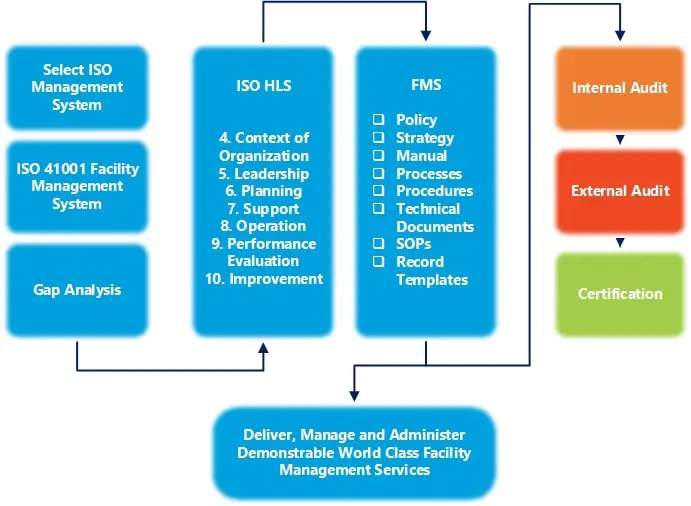Introduction:
This article provides an overview of key performance indicators (KPIs) and some helpful tips and tricks for defining KPIs.
Overview of key performance indicators:
A performance indicator is a measure by which certain types of performance are measured. A key performance indicator is a specific type of performance indicator that has been identified as important for the performance of a business, company or organization.
Obviously, examining the nature of an organization or company will affect the types of key performance indicators. Businesses tend to see problems / events such as:
The amount of revenue from new and returning customers.
Total sales per month, year, etc.
Sales by department, sales staff, etc.
Return on investment (ROI) from advertising and marketing campaigns.
Account payable turnover.
Cash flow return on investment.
Invoice processing costs.
Bad debt vs. revenue.
Return on equity.
Monetary value of overdue invoices.
Defining and monitoring KPIs, as well as taking action based on KPI results, is an important part of any professional performance-management process.
Types of KPIs:
Key performance indicators can be distinguished by the nature of their measurement. Some types of KPIs are:
Quantitative indicator, which represents a finite number.
Directional indicator, which represents an upward or downward trend.
Financial indicators, which represent certain types of money-specific values (e.g., ROI).
Define key performance indicators:
Before defining KPI, there are a few things to keep in mind:
There is a formal business process. KPIs should allow certain types of actions based on KPI values. Changing processes can be difficult if those processes are not documented and understood.
Set business goals. Know what you want to achieve and then use key performance indicators that will help you achieve those goals.
Be able to measure your business metrics. This is often done through customer relationship management (CRM) software with a back-end database system. Company data should always be stored in electronic format so that it can be easily queried.
The next step is to think about which metrics play a key role in your success – and then define key performance indicators that measure those metrics in a way that is “workable.” In other words, the value of a KPI should take some kind of potential step. The exception is the value of a KPI that represents success or failure: “success” may not require a step.
Once you've determined what your key indicators are going to be, you need to set some kind of numerical target for them. Numerical targets can be:
A high or low limit.
A certain value.
A range of values.
One percent.
A date (at which time something should be done).
Your key performance indicators must be analyzed by users who have the ability to take action or take some kind of action based on KPI values.
Note that KPIs are often included in data visualization software such as performance dashboards.
Conclusion:
This article has simply scratched the surface on the importance of key performance indicators. However, it should be clear that Performance Management and KPIs can and should play an important role in achieving your defined goals and objectives, whatever they may be!
Check out at www.evbex.com for more information.







